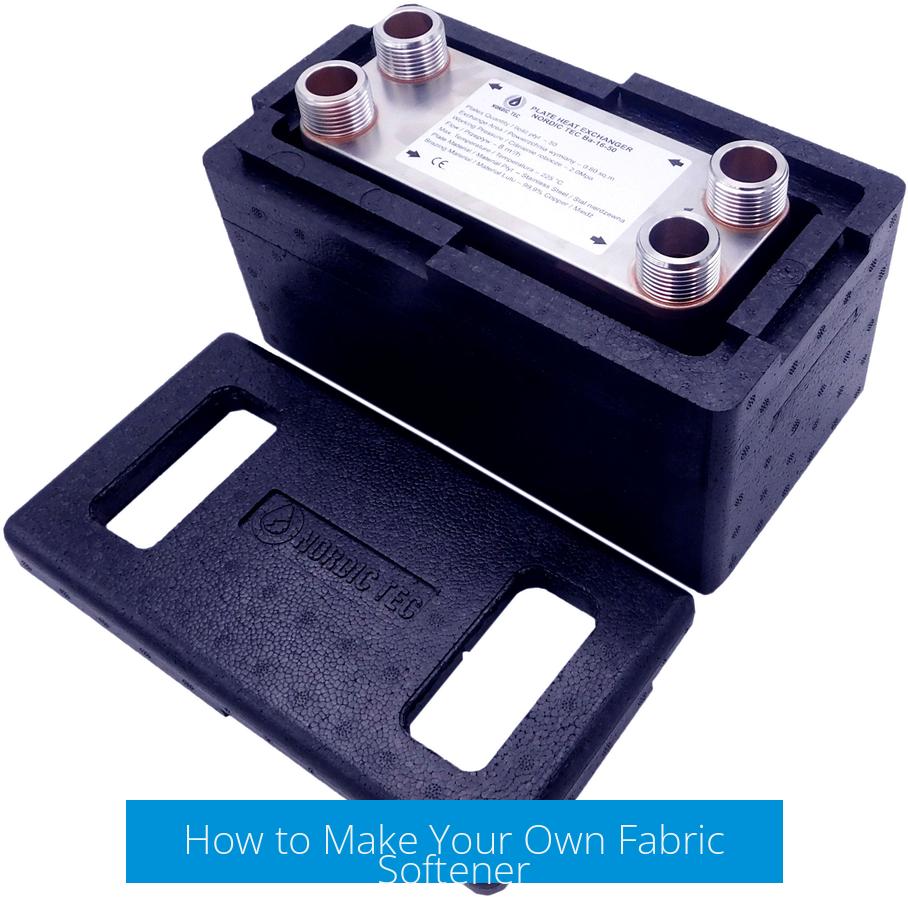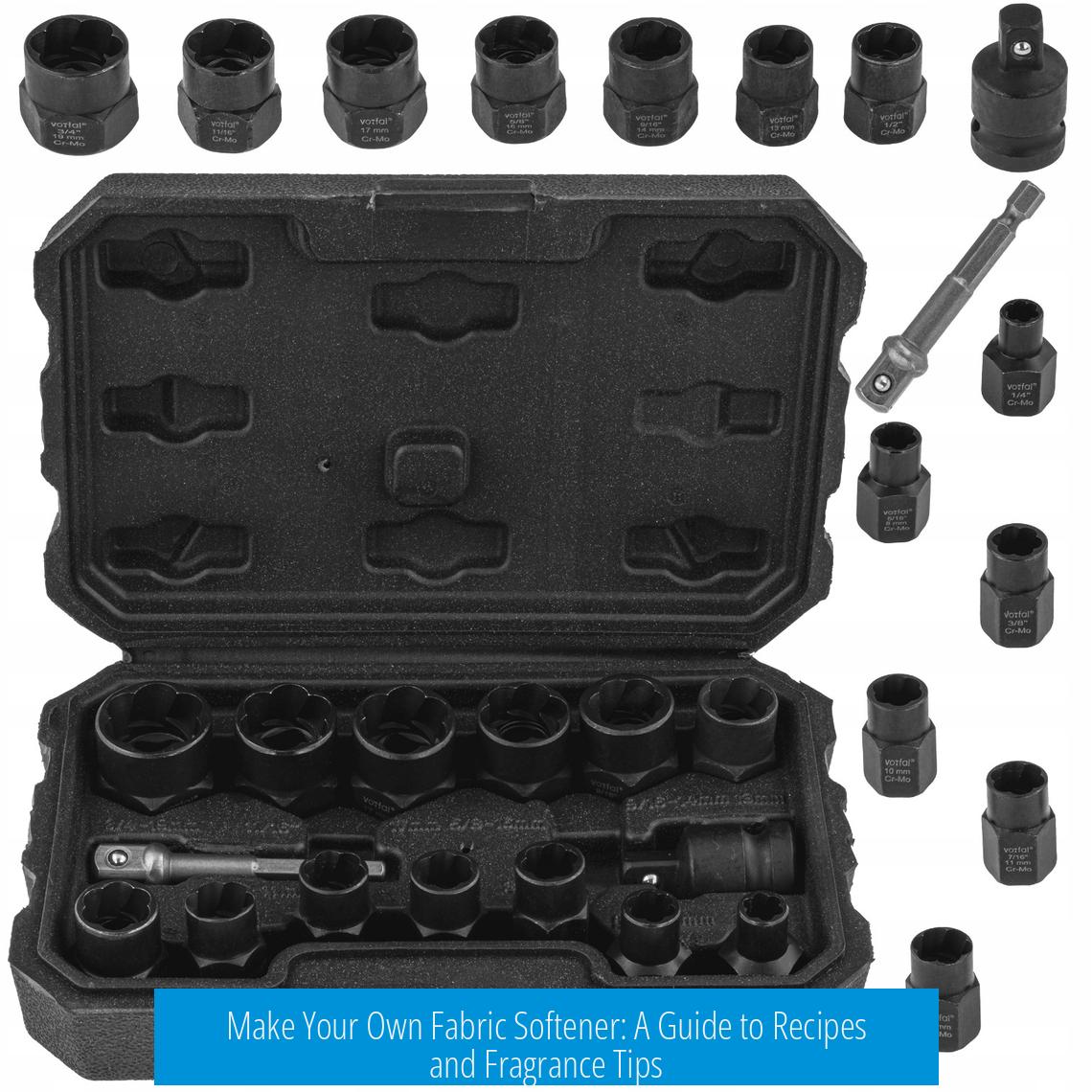How to Make Your Own Fabric Softener

Making fabric softener at home is challenging due to the nature of its key ingredient, the cationic surfactant, which is difficult to produce outside an industrial setting. This surfactant is vital for softening fabrics but requires specialized chemical processes. Thus, creating a true fabric softener from scratch typically is not feasible for most people.
The Challenge of Homemade Fabric Softener

Fabric softeners rely on cationic surfactants, molecules that reduce static and make fabric feel smooth. These chemicals do not easily form with household ingredients. Without them, the softening effect is minimal or absent.
Attempts to replicate fabric softener using simple kitchen ingredients often fail to achieve the desired softness and static reduction. Therefore, caution is necessary when expecting comparable results.
Using Essential Oils for Fragrance
Adding essential oils can impart pleasant aromas to laundry but does not provide softening effects. The longevity of fragrance depends on the type of aroma: top notes dissipate quickly, while heart and base notes last longer.
- Top notes include citrus scents, which fade fast.
- Heart notes, like lavender or rose, linger moderately.
- Base notes, such as sandalwood or vanilla, provide lasting scent.
However, adding essential oils directly to the washing machine is often ineffective. Washing cycles flush away oils due to water and heat vaporizing volatile compounds. This limits the fragrance retained on fabrics.
Recommended Method for Scent Transfer
One practical method for scent retention is to use an aroma support such as sodium stearate blended with essential oils. This compound acts as a carrier, allowing the fragrance molecules to transfer effectively to fabrics during washing.
Sodium stearate forms a mild soap that encapsulates essential oils, enhancing their adherence to textiles. This method increases the fragrance’s duration after drying.
Summary
- Fabric softeners require cationic surfactants, hard to make at home.
- Essential oils add scent but do not soften fabrics.
- The persistence of fragrance depends on the oil’s aromatic note.
- Direct addition of essential oils into washing machines is mostly ineffective.
- Using sodium stearate blends enhances scent transfer and longevity.
What makes homemade fabric softener hard to make?
Fabric softeners usually contain cationic surfactants. These chemicals are tricky to produce at home. This makes DIY fabric softeners difficult to create effectively.
Can I use essential oils to scent homemade fabric softener?
Yes, you can add essential oils for scent. But the scent’s lasting power depends on the type of aroma. Head notes fade faster than heart notes.
Why is adding essential oils directly to the washing machine not effective?
Washing and heat often boil off essential oils. The scent washes away quickly and might not stick to clothes well during the cycle.
What is a better method to transfer scent to fabric?
Using an aroma support like sodium stearate mixed with essential oils works better. It helps the scent bind to fabric and last longer.
Is there a simple DIY fabric softener recipe recommended here?
No full recipe is given due to the complexity of creating the right chemical mix. The focus is on scent transfer methods rather than fabric softening.





Leave a Comment